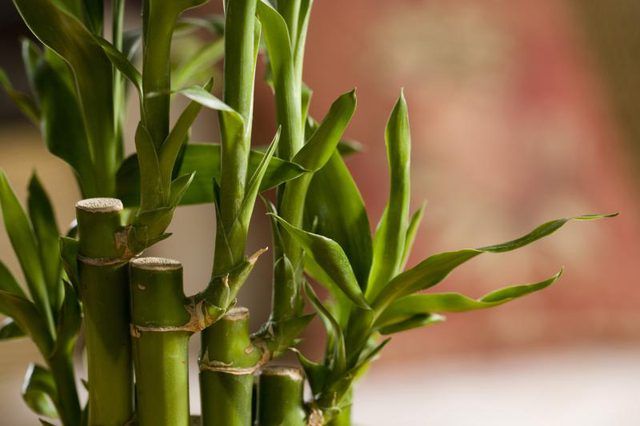Bulbs
Flower Basics
Flower Beds & Specialty Gardens
Flower Garden
Garden Furniture
Garden Gnomes
Garden Seeds
Garden Sheds
Garden Statues
Garden Tools & Supplies
Gardening Basics
Green & Organic
Groundcovers & Vines
Growing Annuals
Growing Basil
Growing Beans
Growing Berries
Growing Blueberries
Growing Cactus
Growing Corn
Growing Cotton
Growing Edibles
Growing Flowers
Growing Garlic
Growing Grapes
Growing Grass
Growing Herbs
Growing Jasmine
Growing Mint
Growing Mushrooms
Orchids
Growing Peanuts
Growing Perennials
Growing Plants
Growing Rosemary
Growing Roses
Growing Strawberries
Growing Sunflowers
Growing Thyme
Growing Tomatoes
Growing Tulips
Growing Vegetables
Herb Basics
Herb Garden
Indoor Growing
Landscaping Basics
Landscaping Patios
Landscaping Plants
Landscaping Shrubs
Landscaping Trees
Landscaping Walks & Pathways
Lawn Basics
Lawn Maintenance
Lawn Mowers
Lawn Ornaments
Lawn Planting
Lawn Tools
Outdoor Growing
Overall Landscape Planning
Pests, Weeds & Problems
Plant Basics
Rock Garden
Rose Garden
Shrubs
Soil
Specialty Gardens
Trees
Vegetable Garden
Yard Maintenance
How to Care for a Closet Plant
How to Care for a Closet Plant. Different varieties of closet plants (Spathiphyllum spp.) brighten shady spots in U.S. Department of Agriculture plant hardiness zones 11 through 12 with exotic white flowers and glossy green foliage. Elsewhere, they're houseplants that double as air purifiers. Also called peace lilies, their greatest drawback is...

Different varieties of closet plants (Spathiphyllum spp.) brighten shady spots in U.S. Department of Agriculture plant hardiness zones 11 through 12 with exotic white flowers and glossy green foliage. Elsewhere, they're houseplants that double as air purifiers. Also called peace lilies, their greatest drawback is toxicity. Wear gloves when you handle one, and keep leaf-nibbling pets away.
Watering Basics
When the top 1 inch of its soil feels dry, water your closet plant until the soil is evenly moist, but not soggy. Use room-temperature water free of chlorine and fluoride. Treat an indoor plant to a weekly misting with soft or distilled water. Preserve the soil moisture around an outdoor plant with a 2-inch layer of organic mulch spreading to the farthest reaches of its leaf tips.
Fertilizer for Blooms
For large, abundant blooms, fertilize your closet plant when its soil is moist from a recent watering. Dissolve 1/8 teaspoon, or one-fourth of the label's recommended amount, of water-soluble 20-20-20 houseplant fertilizer in 1 gallon of water. Fertilize an indoor plant monthly from spring to fall, and an outdoor one twice each year, in spring and fall.
Tropical Temperatures
Give an indoor closet plant a spot protected from winds with daytime temperatures between 65 and 75 degrees Fahrenheit and 10 F lower at night. Its growth slows dramatically below 60 F. If it's summering outside, bring it in for the winter when the days are regularly 50 to 60 F. Protect an in-ground plant with a frost cloth at 35 to 40 F. Nothing saves it from a hard frost.
Wilt Problems
Root rot is the closet plant's most common disease. If your plant remains wilted even in wet soil, lift it from its pot and trim off any decaying roots. Repot it in a clean clay pot with fresh potting mix. In the future, water only when the top 1 inch of the mix is dry and empty its runoff saucer immediately. Always use a pot with at least one drainage hole.
Managing Mealybugs
White, waxy mealybugs may colonize closet plant's leaves and stems to feed on its sap. Dab the pests with cotton swabs dipped in isopropyl rubbing alcohol, or spray the plant with ready-to-use insecticidal soap until all its leaf surfaces drip. Repeat the soap treatment weekly, or at the manufacturer's recommended frequency, until the infestation is gone. Wear waterproof gloves, protective clothing and eyewear and a respiratory mask and follow the label's directions when spraying. Spray a houseplant outdoors, if possible.
Just a Trim
Too much fertilizer or improper watering may turn your closet plant's leaf tips brown. After correcting the problem, prune the browned leaves so healthy ones can replace them. The white flower bracts deepen to green after about 10 days. They'll last another month, but pruning them encourages new ones. Disinfect your pruning tools by wiping them down with a cloth dipped in rubbing alcohol between cuts.
New Home
Closet plants benefit from repotting every one or two years. In February or March, move your plant to a container one size larger than its existing one. For the best results, use a potting medium with equal parts of sand, loam and peat moss.